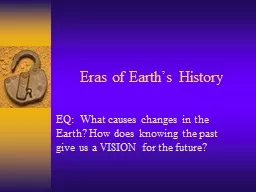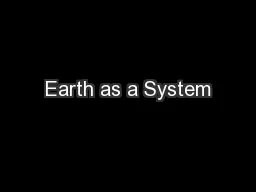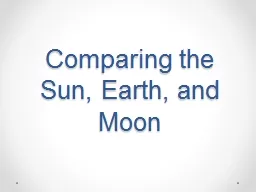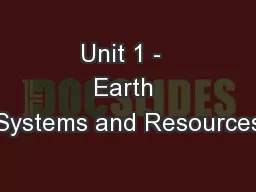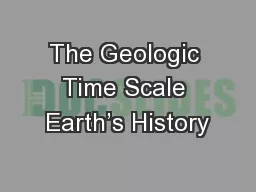PPT-Eras of Earth’s History
Author : alexa-scheidler | Published Date : 2019-11-27
Eras of Earths History EQ What causes changes in the Earth How does knowing the past give us a VISION for the future Precambrian Time Eon Precambrian Time Eon 46
Presentation Embed Code
Download Presentation
Download Presentation The PPT/PDF document "Eras of Earth’s History" is the property of its rightful owner. Permission is granted to download and print the materials on this website for personal, non-commercial use only, and to display it on your personal computer provided you do not modify the materials and that you retain all copyright notices contained in the materials. By downloading content from our website, you accept the terms of this agreement.
Eras of Earth’s History: Transcript
Download Rules Of Document
"Eras of Earth’s History"The content belongs to its owner. You may download and print it for personal use, without modification, and keep all copyright notices. By downloading, you agree to these terms.
Related Documents

